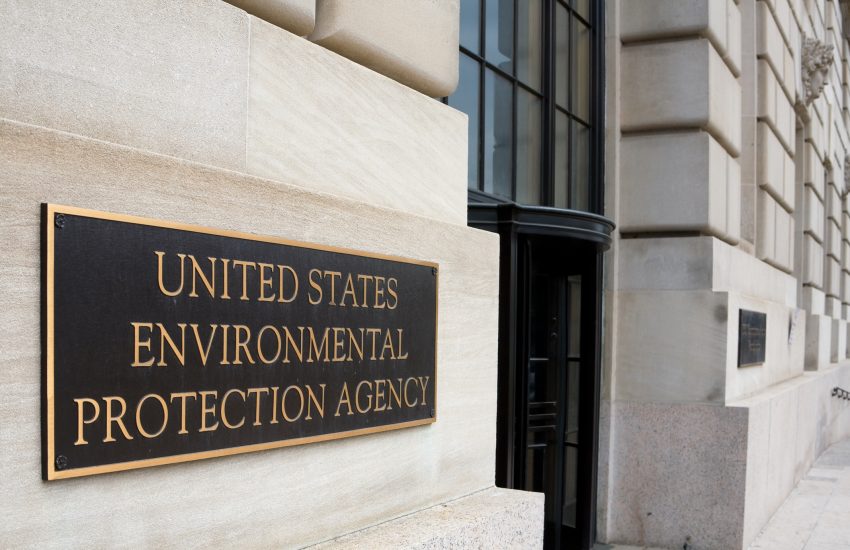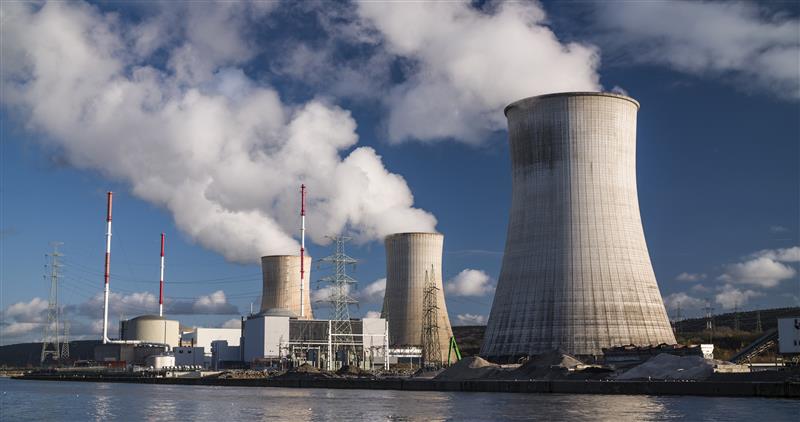In a unanimous decision on July 23, 2025, the fifteen judges on the United Nations’ International Court of Justice (“ICJ”), also known as the “World Court,” concluded that the production and consumption of fossil fuels “may constitute an internationally wrongful act attributable to that state.” The opinion also stated that limiting global warming to 1.5C should be considered the “primary temperature goal” for nations and, to achieve it, they are obliged to make “adequate contributions.”
By way of background, this case was initiated by a …
Continue Reading









